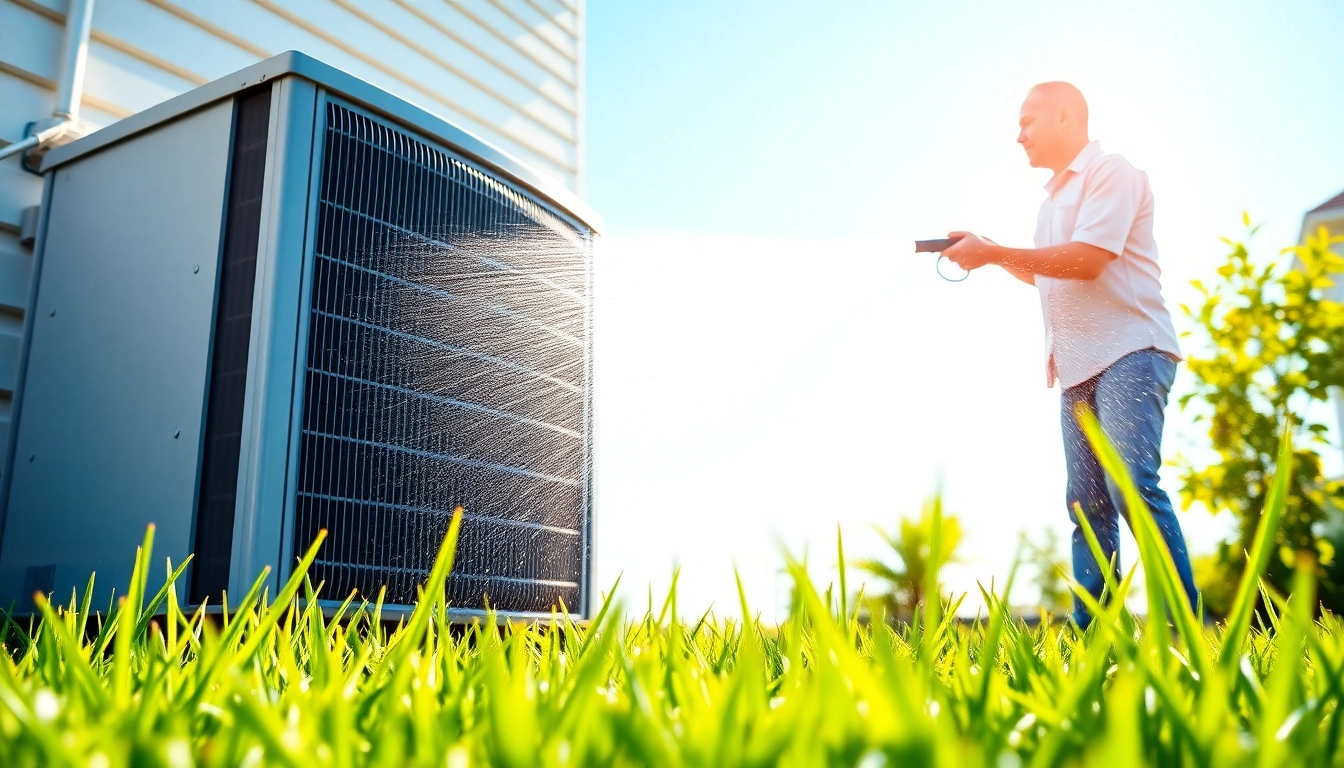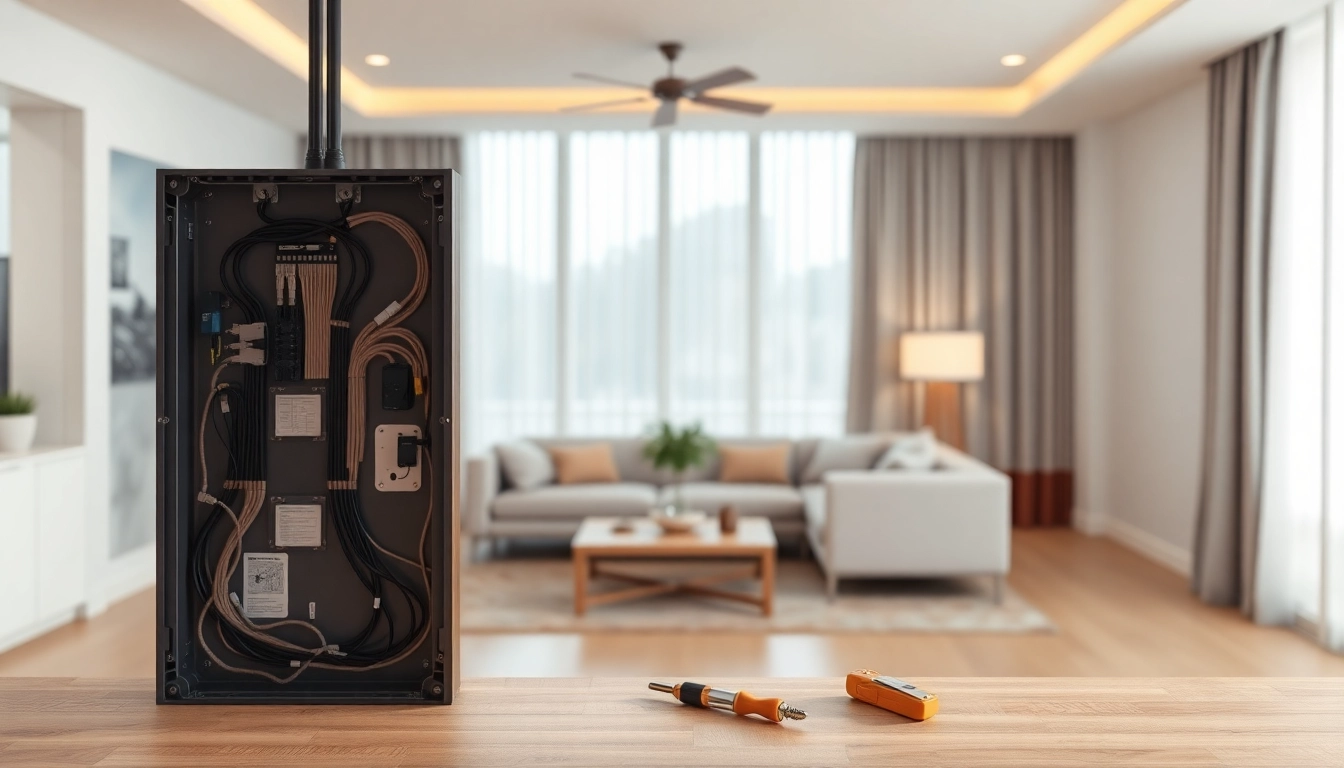Understanding the Importance of Cleaning Your AC Condenser
When it comes to maintaining a comfortable indoor environment, the air conditioning (AC) system plays a crucial role. One of the often-overlooked components of this system is the AC condenser. Understanding how to clean your AC condenser is vital for ensuring your system operates efficiently, prolongs its lifespan, and enhances overall performance. Regular maintenance is not just about convenience; it’s a necessity for both comfort and energy efficiency. In this guide, we’ll delve into the importance of cleaning your AC condenser, the tools you’ll need, a detailed cleaning process, common mistakes to avoid, and post-cleaning tips for maintaining your system.
Why Regular Maintenance Matters
Regular maintenance of your AC condenser is paramount for consistent performance. This unit is responsible for dissipating heat from the refrigerant that passes through it, and if it becomes clogged with dirt, dust, and debris, it cannot perform effectively. This inefficiency can lead to higher energy bills, reduced cooling output, and, ultimately, system failure. Maintenance should be seen as an investment; by protecting your system, you are also safeguarding your wallet.
Signs Your AC Condenser Needs Cleaning
Recognizing the signs that your AC condenser needs cleaning can help prevent more significant issues down the road. Here are some warning signs to look out for:
- Decreased cooling performance.
- Increased energy costs.
- Visible dirt, dust, or debris on the condenser unit.
- Strange noises coming from the unit.
- System frequently cycles on and off.
Benefits of a Clean Condenser for Efficiency
Cleaning your AC condenser offers several benefits, including:
- Improved Efficiency: A clean condenser allows for better airflow and heat exchange, leading to more efficient cooling.
- Lower Energy Bills: By enhancing efficiency, a clean unit translates to lower energy consumption and reduced utility bills.
- Extended Lifespan: Regular cleaning helps prevent wear and tear, potentially extending the lifespan of your AC system.
- Better Air Quality: A well-maintained unit does not harbor dust and allergens, contributing to healthier indoor air quality.
Essential Tools for Cleaning Your AC Condenser
Tools You’ll Need for Effective Cleaning
Before you begin the cleaning process, it’s essential to gather the right tools. Here’s a comprehensive list:
- Garden hose with a spray nozzle.
- Soft-bristle brush or a microfiber cloth.
- Coil cleaner or a mixture of water and mild dish soap.
- Protective gloves and goggles.
- Vacuum with a brush attachment (optional).
Safety Precautions Before You Start
Safety should always be your priority when performing maintenance. Here are some essential safety precautions:
- Turn off power to the AC unit at the breaker box before starting any cleaning.
- Wear protective gloves and goggles to prevent injuries from debris or cleaning solutions.
- Ensure the area around the condenser is clear to avoid tripping hazards.
Choosing the Right Cleaning Solution
When selecting a cleaning solution, you have several options. While commercial coil cleaners are available, many homeowners opt for homemade solutions, such as a mix of water and a few drops of dish soap. Ensure that your chosen cleaner is compatible with the materials of your condenser.
Step-by-Step Process on How to Clean AC Condenser
Preparing Your AC Unit for Cleaning
Before diving into cleaning, it’s crucial to prepare your AC unit properly. Start by:
- Turning off the power to the AC unit.
- Removing any protective grills or covers found on the condenser.
- Checking for visible debris around the unit and removing larger items by hand.
How to Safely Remove Debris from the Unit
Once you have prepared your unit, begin cleaning by following these steps:
- Using a soft brush or cloth, gently brush away dirt and debris from the fins.
- If necessary, use a vacuum with a brush attachment to remove dust from hard-to-reach places.
- Avoid using harsh scrubbing techniques that can damage the fins; instead, focus on gentle cleaning.
Applying Cleaners and Rinsing Techniques
Now that the debris is removed, follow these steps to apply a cleaning solution:
- Spray your chosen cleaning solution generously over the coils. If using a commercial cleaner, follow the product instructions.
- Allow the solution to sit for a few minutes to break down grime.
- Rinse the coils thoroughly with a garden hose. Use a nozzle to provide a gentle spray, avoiding high pressure, which could bend the fins.
- Once rinsed, ensure the area is free of standing water.
Common Mistakes to Avoid When Cleaning Your AC Condenser
Overusing Water: What You Need to Know
While rinsing is critical, using too much water can cause problems. Over-saturating the unit can lead to electrical issues or damage components. Always ensure to control the amount of water applied.
Ignoring Safety Protocols
Skipping safety precautions can result in injuries or equipment damage. Always prioritize safety by turning off power and using protective gear before proceeding with cleaning.
Neglecting Routine Check-ups
Cleaning your AC condenser should be part of a broader maintenance routine. Neglecting regular check-ups can lead to bigger problems. Aim for seasonal checks to keep your system in optimal condition.
Post-Cleaning Tips for Maintaining Your AC Condenser
Regular Inspection and Maintenance Schedule
After cleaning your AC condenser, establishing a regular maintenance schedule is crucial. Aim to inspect the unit at least every three to six months, cleaning as needed to ensure efficiency and performance.
Signs That Indicate Further Issues
Post-cleaning, monitor your unit for any odd signs that could indicate further issues, such as:
- Unusual noises coming from the unit.
- Increased energy costs.
- Signs of moisture or liquid pooling around the unit.
How to Extend the Life of Your AC System
To maximize the lifespan and efficiency of your AC system, consider the following tips:
- Maintain a clean environment around the condenser; keep the area free from debris.
- Schedule professional maintenance at least once a year.
- Inspect filters regularly and replace them as needed to avoid strain on the unit.
- Monitor your system’s performance and address any irregularities promptly.
By understanding how to clean your AC condenser, you’ll not only ensure optimal performance but also extend the life of your system. Regular care and maintenance can dramatically improve air quality and efficiency, leading to a more comfortable living space and reduced utility costs. So, grab your tools, set aside some time, and embark on the journey to a cleaner and more efficient air conditioning system!



